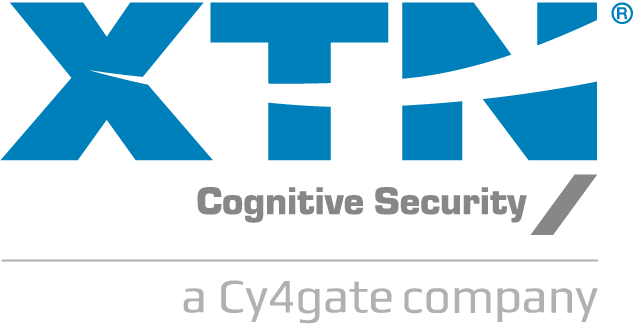
Keep your digital business safe from Insurance Policy Fraud with XTN Cognitive Security®:
Ghostbroking has emerged as a significant threat in the insurance landscape, primarily driven by the rising demand for affordable insurance solutions. Many consumers, particularly those with limited budgets or less-than-perfect driving records, are desperate for lower premiums. This vulnerability has created an opportunity for fraudulent intermediaries, known as ghostbrokers, who exploit consumers’ desire for cheap insurance.
Ghostbroking refers to the fraudulent practice where intermediaries pose as legitimate insurance brokers or agents to sell fake insurance policies. These ghostbrokers create fictitious identities and business names, manipulating vulnerable consumers looking for cheaper insurance options. They often forge documents or acquire genuine policies while altering details to lower premiums. As a result, victims are left with invalid policies, while the fraudsters profit from their payments.
Ghostbrokers employ various tactics to perpetrate their fraud:
The ghostbroking phenomenon poses significant challenges for insurers, particularly in the digital age. The lack of face-to-face interactions makes it easier for these fraudsters to mislead consumers. Traditional fraud detection methods may struggle to identify ghostbroking schemes, allowing fraudulent activity to go unchecked. Insurers face not only financial losses from invalid claims but also reputational damage as they inadvertently facilitate ghostbrokers’ activities.
The XTN Cognitive Security Platform® offers a robust solution to detect and mitigate ghostbroking activities at the quoting and policy purchase stages through a multi-layered analytical approach.
The XTN Ghostbroking solution covers the following main areas of analysis:
Behavioral Analytics: Our platform analyzes user interactions with the quote form, identifying excessive savvy behaviors, such as heavy use of copy-and-paste, which may indicate fraudulent intent.
Consistency Checks: We verify the personal data and device fingerprinting entered to detect any anomalies. For example, the recycling of information (phone, email, address, age) or a device that has already been used to perform previous quotes or purchase several policies.
Pattern Recognition: Leveraging machine learning algorithms, we identify unusual patterns in policy applications, such as multiple policies originating from the same high-risk geolocation, the same device, or frequent changes to policyholder details, as well as abnormally low premiums.
By employing these advanced analytical techniques, the XTN Cognitive Security Platform® helps insurers protect themselves and their customers from the threats posed by ghostbroking, ensuring a more secure and trustworthy insurance environment.
Consequences of Ghostbroking can impact a digital business by:
• Increased premiums
• Reputational damage
Have any question? We’d love to hear from you.

Copyright © XTN Cognitive Security S.r.l. 2024
Rovereto – Padua – Milan
New York
All Rights Reserved
VAT ID / P.IVA IT04395340286
REA TN – 201845
Share capital 10,000 €

XTN Cognitive Security’s “Information Security Management System” is ISO/IEC 27001:2022

XTN Cognitive Security's information security management system is ISO/IEC 27001:2013